
Multi-Source Journalism
This article synthesizes reporting from multiple credible news sources to provide comprehensive, balanced coverage.

Multi-Source Journalism
This article synthesizes reporting from multiple credible news sources to provide comprehensive, balanced coverage.
Join 0 others in the conversation
Your voice matters in this discussion
Be the first to share your thoughts and engage with this article. Your perspective matters!
Discover more articles

A new analysis of the moon's largest crater, the South Pole-Aitken (SPA) basin, reveals a surprising twist on its formation story. Contrary to previous assumptions, researchers now believe that the massive asteroid impact came from the north, rather
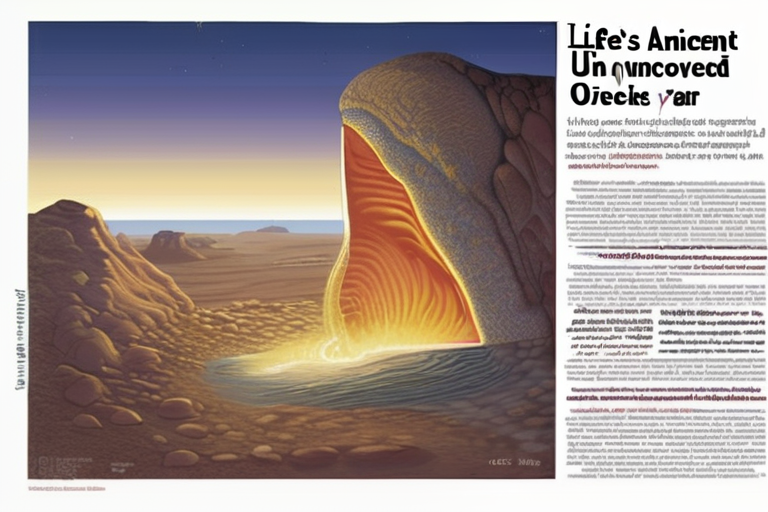
Scientists have made a groundbreaking discovery, using AI to uncover hidden chemical signatures of life on Earth dating back 3.3 billion years. By analyzing ancient rocks and fossils, including exceptionally well-preserved seaweed from Canada's Yukon
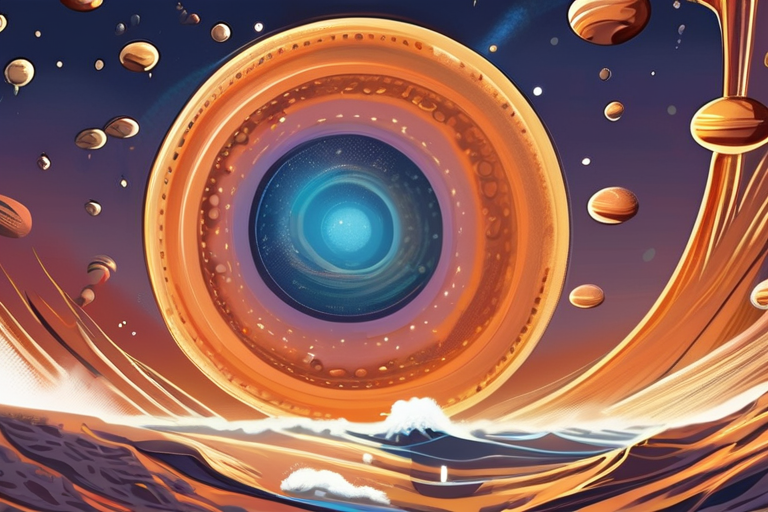
Scientists have conducted groundbreaking experiments to understand how planets form, revealing a surprising abundance of water generation during the process. Their findings suggest that a significant amount of water is produced when hydrogen in a pla
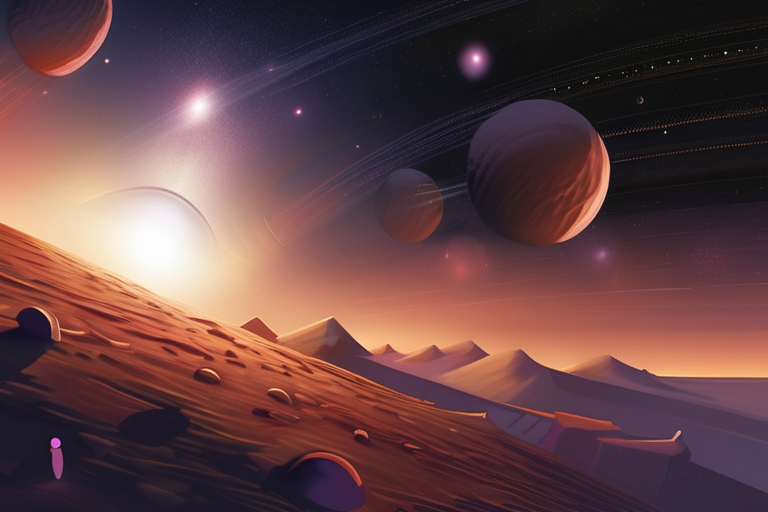
Astronomers have made a groundbreaking discovery of a swarm of "exocomets" hurtling towards a young star outside our Solar System, providing a unique glimpse into the formation and evolution of planetary systems beyond our own. This phenomenon, obser
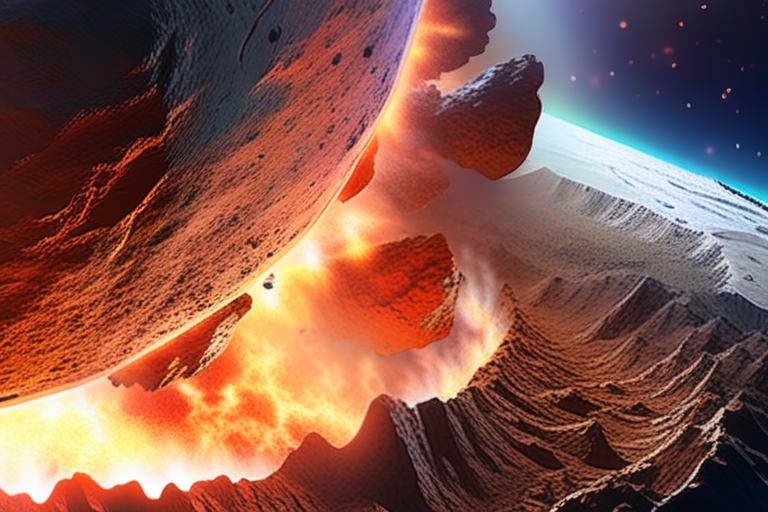
MIT scientists have made a groundbreaking discovery about the origin of the moon's magnetic scars, suggesting that a massive asteroid impact billions of years ago may have briefly amplified its weak magnetic field. This temporary spike in magnetism w
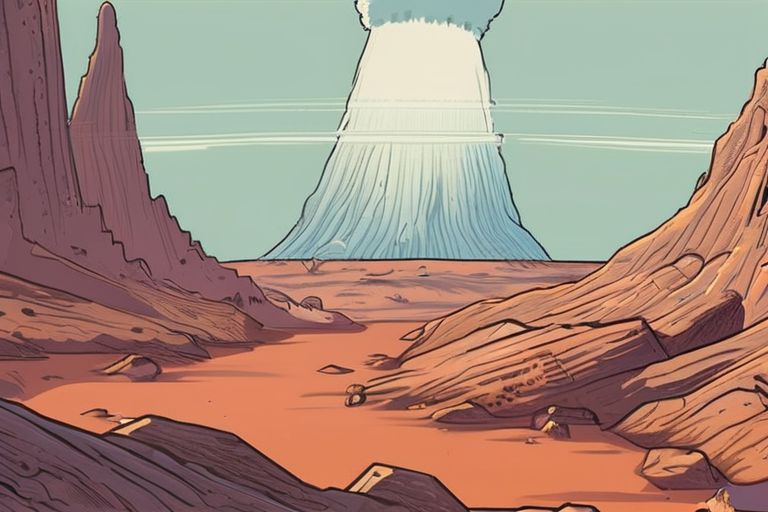
Researchers have uncovered evidence of an 11-million-year-old asteroid impact in South Australia, revealing a previously unknown event that has reshaped our understanding of Earth's violent past. The discovery was made through the analysis of unique
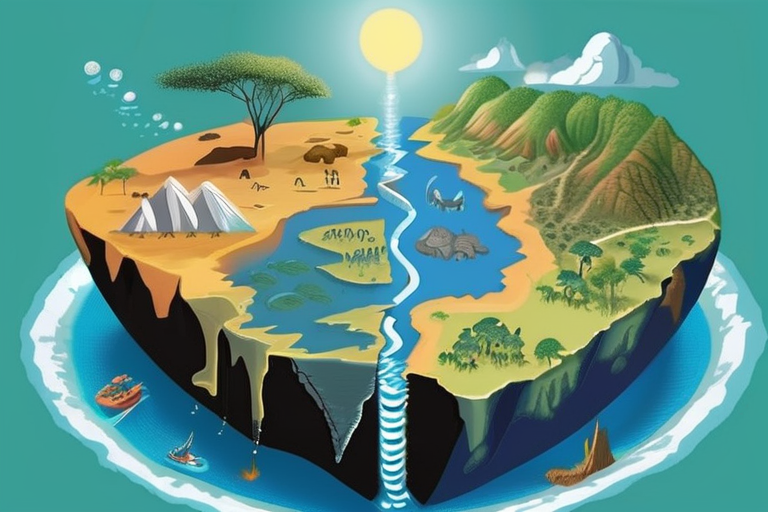
A groundbreaking study has revealed that the breakup of the ancient supercontinent Nuna, which occurred 1.5 billion years ago, played a crucial role in the emergence of complex life on Earth. By analyzing 1.8 billion years of Earth's history, researc
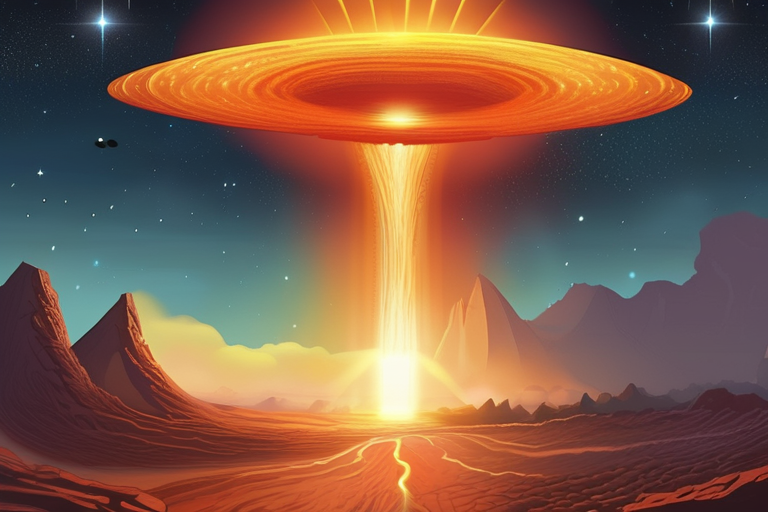
Astronomers have captured a rare, violent super-eruption from a young sun-like star, providing new insights into the intense solar activity that may have shaped the early Earth. This massive plasma eruption, known as a coronal mass ejection, could ha
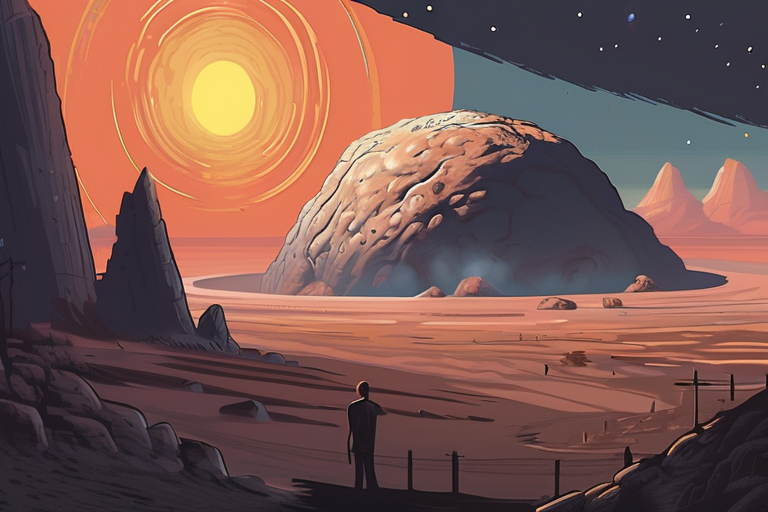
A groundbreaking discovery in South Australia has revealed evidence of an 11-million-year-old asteroid impact, shedding light on a previously unknown event in Earth's tumultuous history. The find consists of unique tektites, tiny glass fragments form
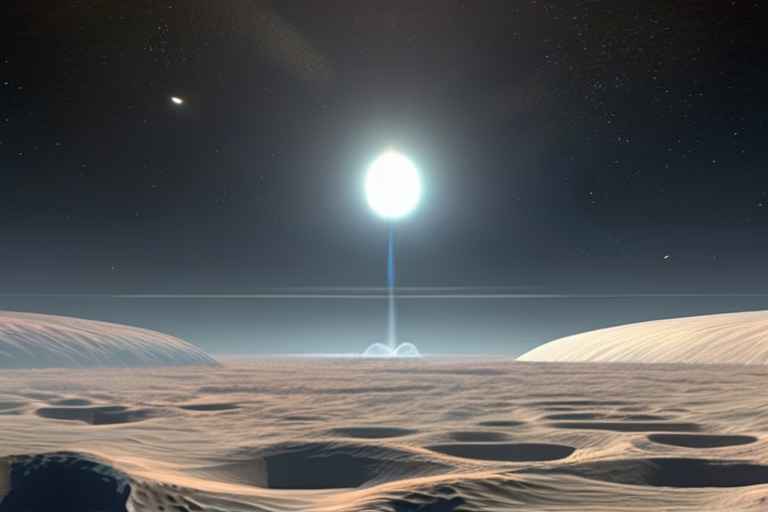
Researchers at the University of Texas at Austin have utilized supercomputers to reexamine the behavior of Enceladus's icy plumes, revealing a significant reduction in mass loss compared to previous estimates. This breakthrough provides a more accura
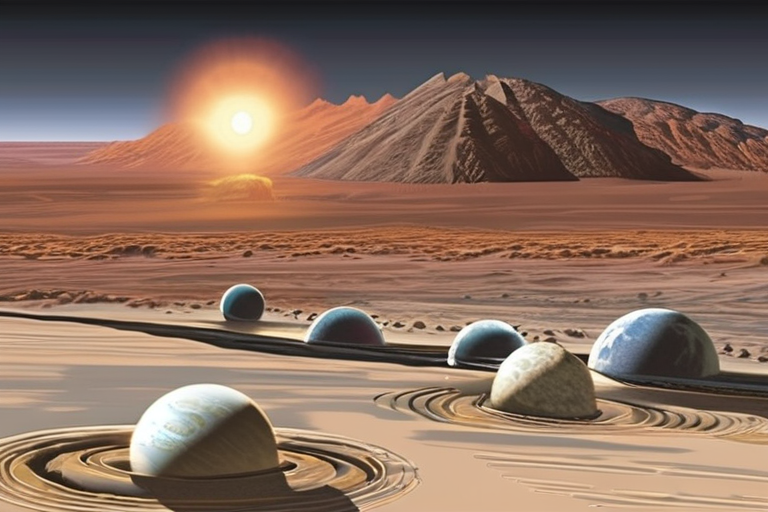
New research suggests that violent collisions between planets in the early stages of formation played a crucial role in shaping Earth's habitability, delivering water and altering its atmosphere. A study comparing Earth and Venus reveals that high-en
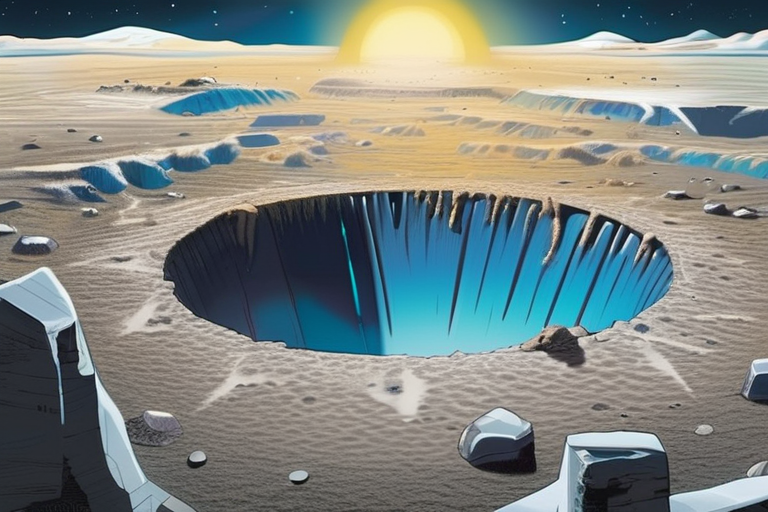
Scientists have made a groundbreaking discovery that a massive asteroid struck the Moon's north pole around 4 billion years ago, reshaping its surface and exposing hidden interior layers at the south pole. This impact, which formed the South Pole-Ait
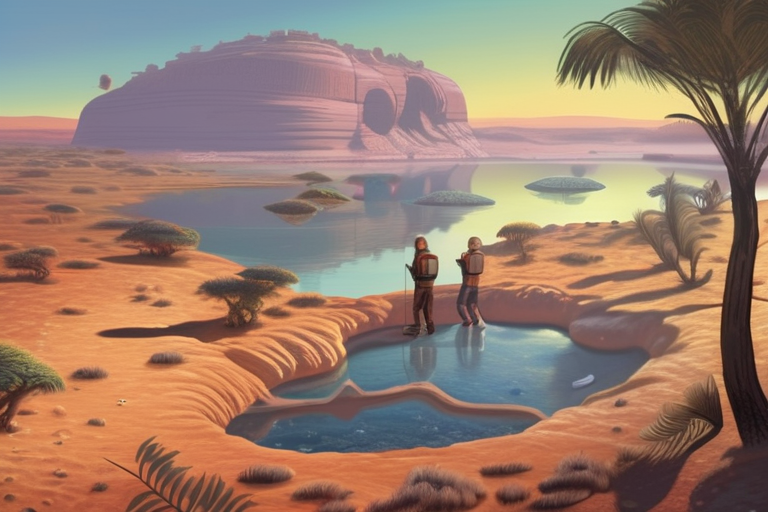
Scientists have made a groundbreaking discovery, uncovering hidden chemical signatures of life on Earth dating back 3.3 billion years through the use of advanced chemical methods and artificial intelligence. This breakthrough has provided a rare glim

New research suggests that Jupiter's rapid growth during its "wild youth" may have had a profound impact on the formation of our Solar System. Simulations indicate that Jupiter's gravitational influence created zones where new planetesimals formed mu
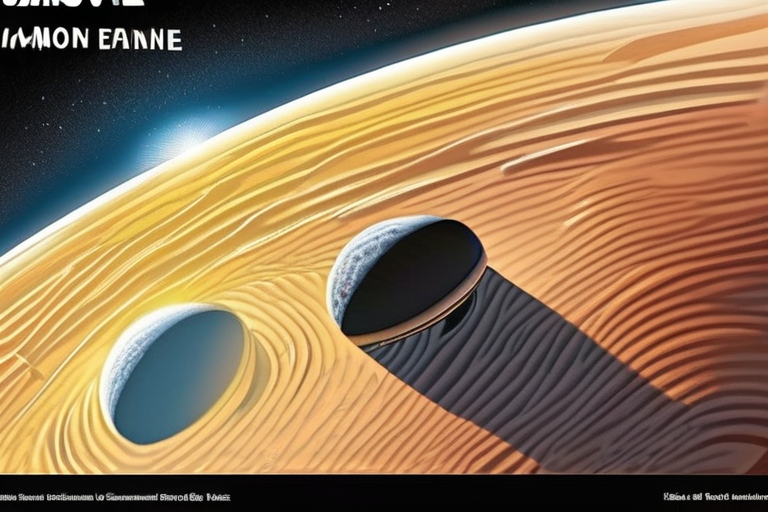
Astronomers using the James Webb Space Telescope have made a groundbreaking discovery, detecting a carbon-rich disk around a giant exoplanet likely forming moons. This finding sheds new light on the mystery of missing exomoons and suggests that moon
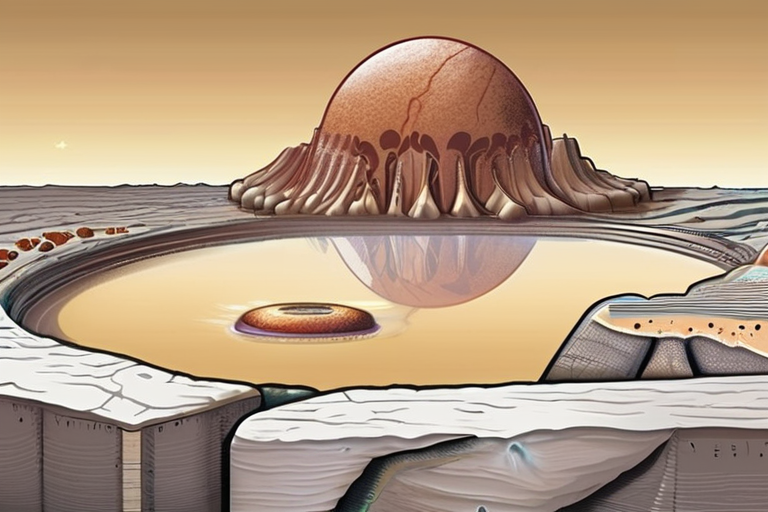
Scientists at MIT have made a groundbreaking discovery, uncovering chemical fingerprints of Earth's earliest incarnation deep within the planet's mantle. The findings suggest that remnants of proto-Earth material, formed 4.5 billion years ago, still
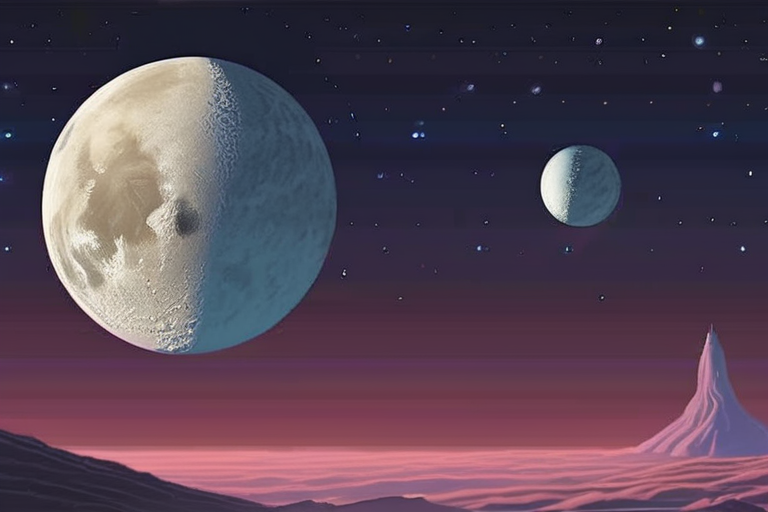
Astronomers have identified a new quasi-lunar moon, 2025 PN7, which is a small asteroid in a 1:1 resonance with Earth, meaning it orbits the sun at the same time as our planet, creating the illusion of an additional moon. Unlike the moon, quasi-lunar
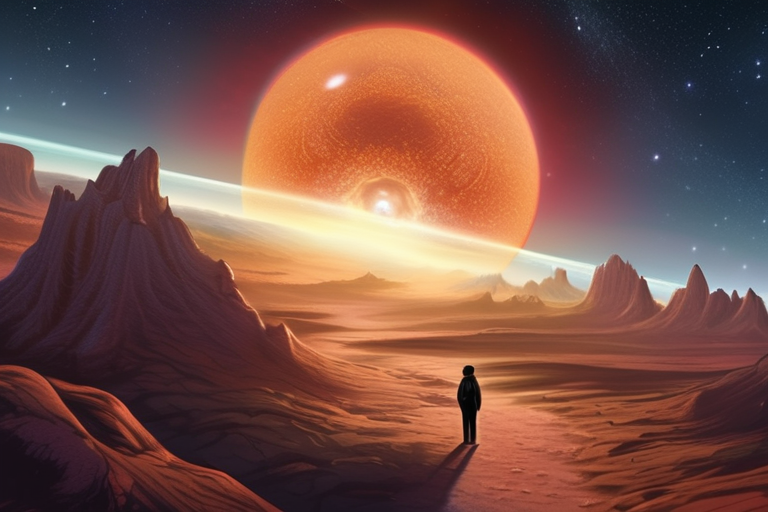
A newly discovered super-Earth, located just 18 light-years from Earth, has emerged as a prime target in the search for extraterrestrial life. This exoplanet, situated in the habitable zone of a nearby M-dwarf star, may harbor liquid water on its sur
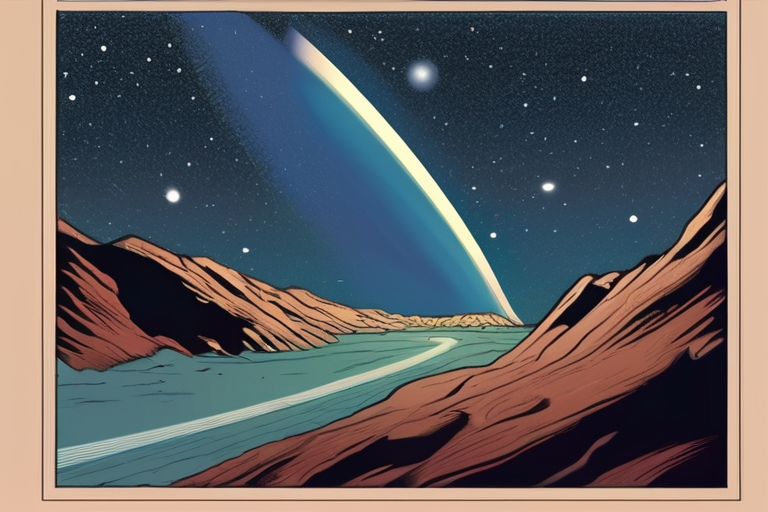
Scientists are abuzz with excitement over the discovery of an interstellar comet, 3IATLAS, which entered our solar system this summer, offering a rare chance to study a distant planetary system. The comet's presence of nickel vapor in its gas is part
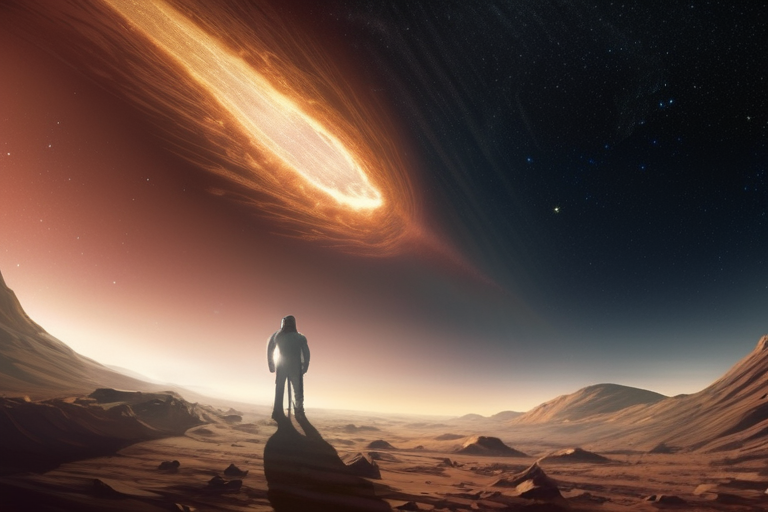
Scientists are abuzz as a rare interstellar comet, 3IATLAS, approaches Earth, offering a unique chance to study a distant planetary system. This ancient comet, which originated outside our solar system, is only the third of its kind to enter our syst
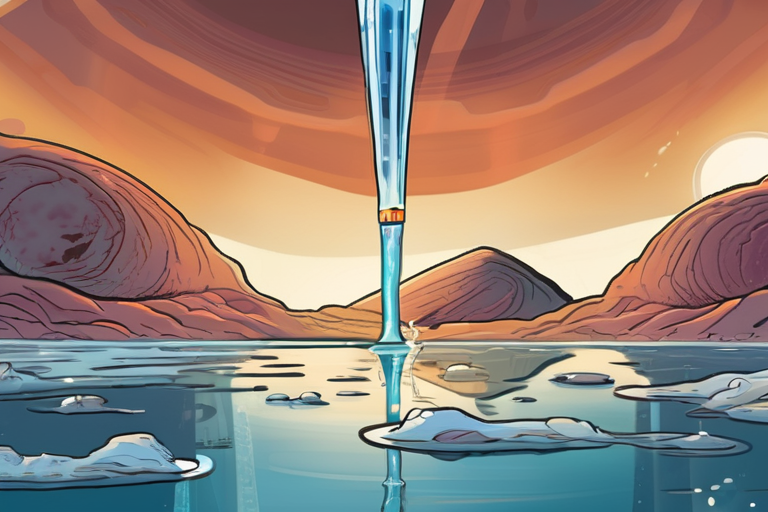
Scientists have conducted groundbreaking experiments to understand the formation of water-rich planets, a common type found in the galaxy but absent in our solar system. The research, which simulated high-pressure and temperature conditions, revealed

Astronomers have made a groundbreaking discovery with the identification of a previously unknown quasi-moon, named 2025 PN7, orbiting near Earth. This small, faint asteroid has likely been hiding in plain sight for about 60 years, its presence only r
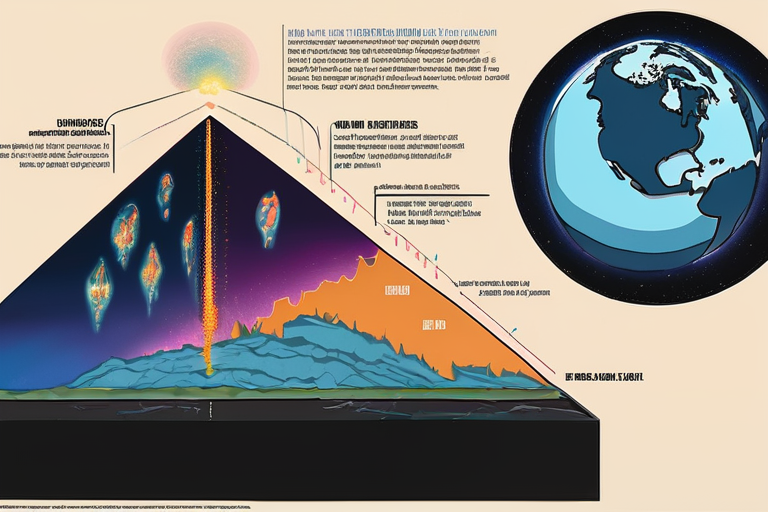
New research suggests that violent collisions between planets in the early stages of formation played a crucial role in shaping Earth's habitability, delivering water and altering its atmosphere. In contrast, neighboring planet Venus experienced more

A groundbreaking study reveals that violent collisions in the final stages of planetary formation played a crucial role in shaping Earth's habitability, delivering water, and altering its atmosphere. Researchers found that such impacts had a profound
Share & Engage Share
Share this article